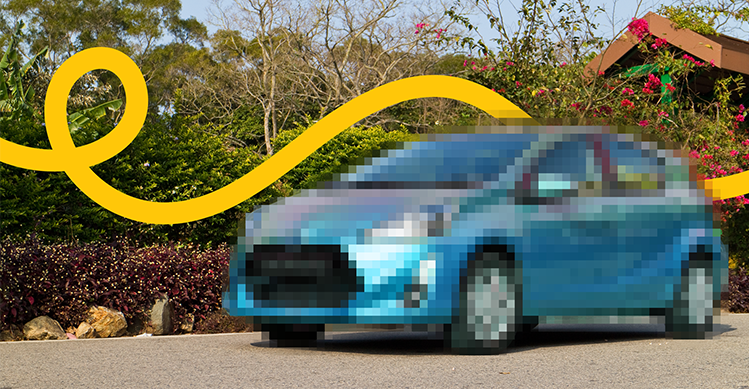Many modern vehicles are equipped with space savers, a temporary replacement for a full-sized tyre. They are usually smaller and lighter than standard car tyres and are safe to drive on, as long as they’re in a good condition and you keep to some guidelines.
Space savers are designed as temporary solutions, and not intended for long-term use or high-speed driving. When driving on a space saver, the maximum speed you can travel is 80km/h. This recommended speed is for travelling in dry weather, so if it’s wet and raining, you should lower your speeds to match the conditions.
Space savers are smaller and narrower than full-sized tyres, which means they have less surface area in contact with the road. This can affect your vehicle's handling and braking, especially in wet or slippery conditions. To stay safe, keep a safe following distance and avoid sudden stops or sharp turns.
Space savers are designed to be smaller and lighter than full-sized tyres, which means they require higher air pressure to support the weight of your vehicle. Make sure to check the air pressure in your space saver regularly and keep it at the recommended level indicated on the wheel label.
Space savers are not designed to support the weight of a fully loaded vehicle. If you have a lot of passengers or cargo, consider removing some items or making multiple trips. Overloading your vehicle can put extra stress on the space saver and increase the risk of a blowout or other tyre failure.
Space savers are not intended for long-term use, and they should be replaced with a full-sized tyre as soon as possible. If you have a flat tyre, don't rely on the space saver for an extended period. Instead, get your tyre repaired or replaced as soon as possible to ensure your vehicle is safe to drive.
Space savers should only be used temporarily, with their main purpose to help you get to a place where you can replace or repair your flat tyre. When having to drive with one, remember to understand the limitations of your space saver, keep a safe following distance, check your tyre pressure regularly, avoid overloading your vehicle, and get your full-sized tyre repaired or replaced as soon as possible. Safe travels!
This article is intended to provide general information only, and should not be substituted for any legal, financial, or other professional advice. The information in this article is generally sourced from third-party websites and IAG New Zealand Limited does not guarantee or accept any liability for the accuracy of that information. Any references to third party websites in this article are not intended to constitute a recommendation or any endorsement by IAG New Zealand Limited.


